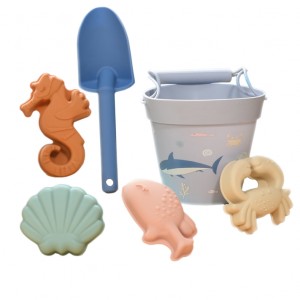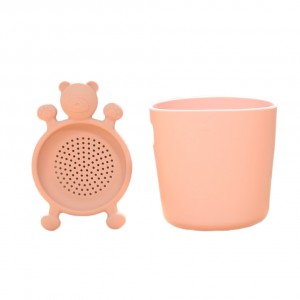BPA Free Silicon Tooth Brushing Kit Set Teeth Cleaning Dog Finger Pet Toothbrush
You Need a Pet Finger Toothbrush
As dog owners, there is a lot we can do to help our pets get healthy gums, not unhealthy ones. For example, brushing daily and feeding your dog regular long-lasting gum chews promotes gum health. A high-quality, natural diet also plays an important role in your dog’s oral hygiene and overall health, as does regular veterinary check-ups.
In short, healthy gums are soft, moist, and pink, while unhealthy gums can vary in color and texture. When you check your dog’s gums, we’ll dive into some of the most common signs and how to keep them healthy.
Looking inside your dog’s mouth, you may wonder how to tell healthy gums from unhealthy ones. Let’s look at the facts.
First, it’s worth knowing what’s normal for your dog. Regularly checking your dog’s gums will not only familiarize you with your dog’s mouth, but it will help you spot any problems early. For example, some dogs have darker patches on their gums that are part of normal pigmentation. When these normal physical attributes start to look different, you need to get professional help as soon as possible.
As far as the appearance of your dog’s gums – what looks healthy and what looks unhealthy – we’re going to put together a checklist to help you better decide if you need veterinary care for your dog right now.
“When the gums are white, grey, blue, yellow or bright red, it’s cause for concern,” says Veterinary Nurse Bean. These colors may signal a more serious condition such as blood loss, shock, or jaundice associated with kidney disease. As with all physical aspects of your dog’s health, if you notice any sudden changes in appearance, it’s always worth contacting your veterinarian to discuss what these changes mean.
Your dog’s behavior can also indicate how his body is feeling. If you notice that your dog starts to lick his lips, or if he suddenly becomes uncomfortable when you approach him or touch his face, it is recommended that you contact your veterinarian to rule out any pain or illness. Periodontal disease can be painful and uncomfortable for your dog.
Taking care of your dog’s teeth and gums at home is very important. Daily brushing with dog toothpaste and a soft toothbrush or finger brush can help avoid unnecessary dental procedures at the veterinarian. Remember that human toothpaste cannot be swallowed by our dogs as it often contains too much sodium or xylitol which is toxic to dogs. Visit your veterinarian for an annual checkup, which includes an oral hygiene check. This ensures that there is nothing below the gum line that you might miss.
Many dogs don’t like brushing their teeth. If your dog gets stressed out trying to brush his teeth with a dog toothbrush, start by wrapping your finger in a small piece of gauze and applying coconut oil to your teeth and gums. Once they get used to you touching their mouth, you can gradually add the pet toothbrush to your finger. Keep brushing sessions as short as possible, but brush every day if possible.
If you suspect any gum health issues with your dog, it’s important to see a veterinarian as soon as possible. According to the American Veterinary Medical Association, “Because most dental conditions occur below the gum line, where you can’t see them, [may require] a thorough dental cleaning and evaluation under anesthesia.” Your veterinarian may also take x-rays to further investigate the problem. Making sure your pet insurance plan includes dental coverage is really worth the cost savings associated with caring for your dog’s oral health.
After brushing is complete, it’s important to continue caring for your dog’s teeth by resuming regular brushing at home and providing appropriate chews to keep your dog’s gums and teeth healthy.






